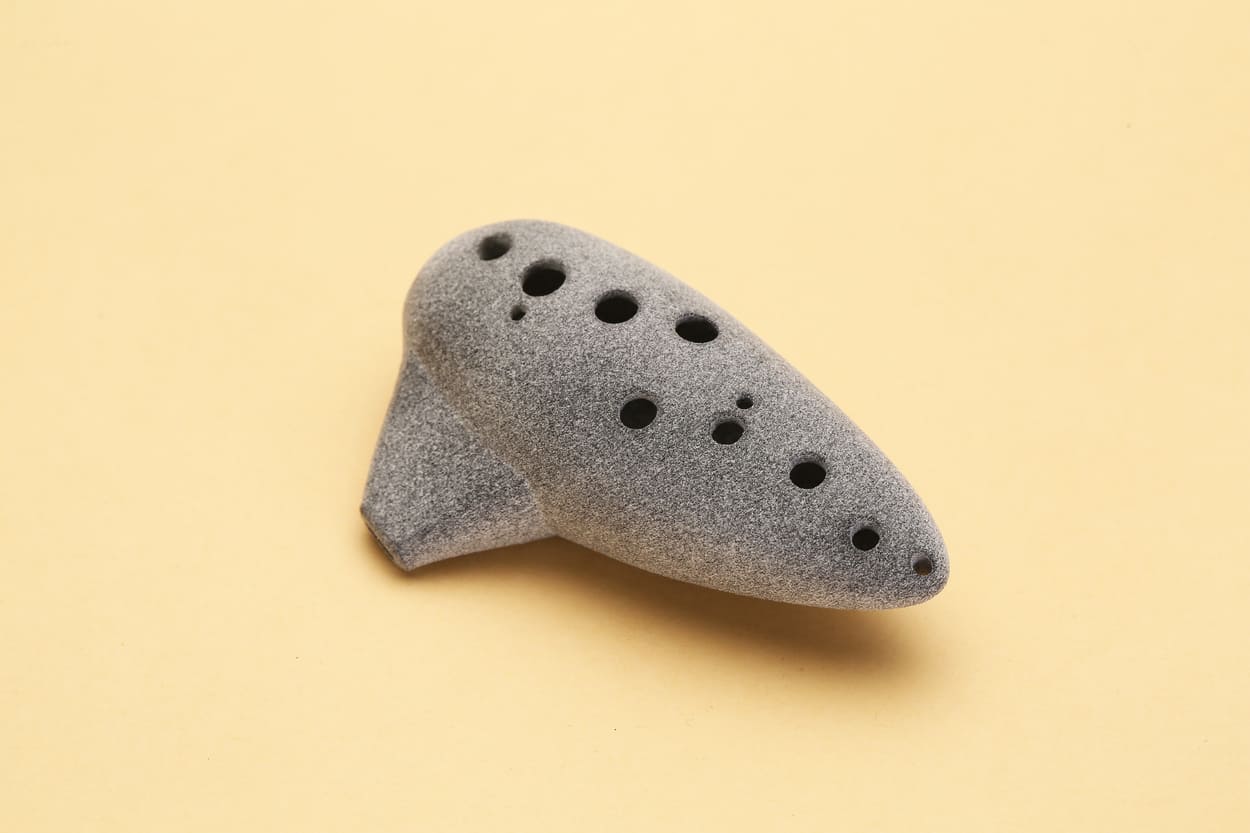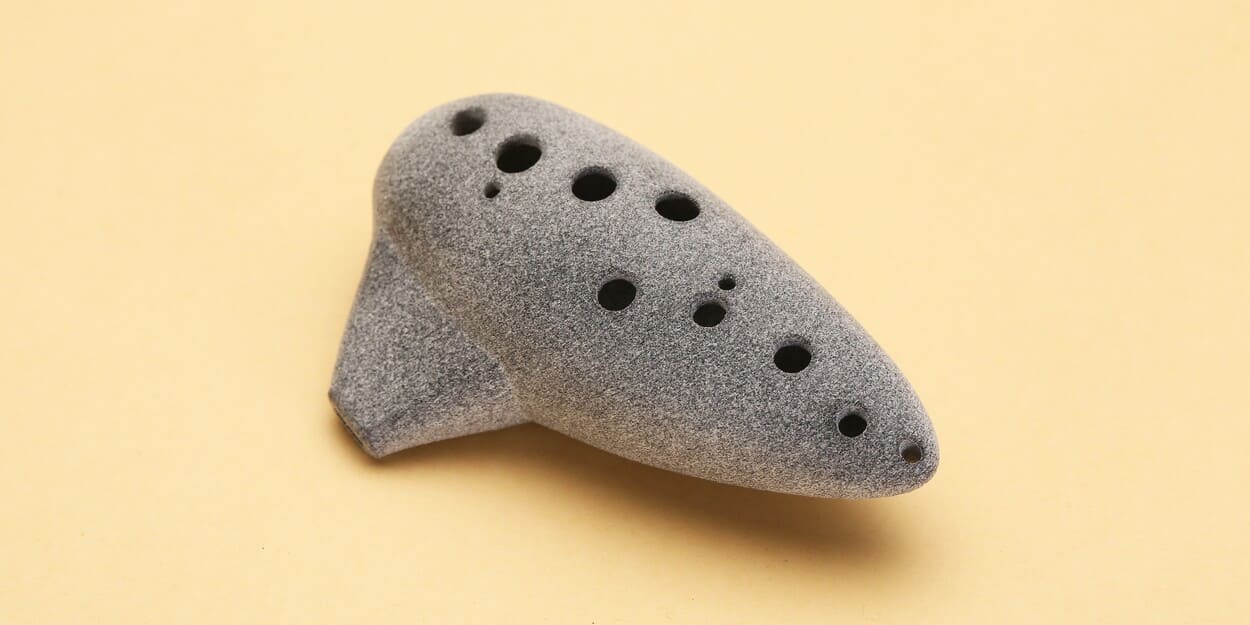In today’s fast-paced product development landscape, businesses need production-ready parts that are strong, precise, and delivered fast. Multi Jet Fusion (MJF) 3D printing services offer a streamlined path from concept to final nylon part with industrial-grade performance.
Whether you're designing functional prototypes, low-volume production runs, or custom end-use components, MJF services provide the speed, consistency, and scalability.
What is MJF 3D Printing?
Multi Jet Fusion (MJF) is an industrial 3D printing technology developed by HP that uses a powder bed fusion process. It works by spreading a thin layer of thermoplastic powder (typically nylon) across a build platform. Then, inkjet printheads selectively deposit fusing and detailing agents onto the powder. A heating element passes over the surface, fusing the treated areas into solid layers.
The process repeats layer by layer, producing parts with:
• Isotropic mechanical properties (uniform strength in all directions)
• High dimensional accuracy (±0.2 mm typical tolerance)
• Smooth surface finishes (ideal for end-use applications)
• No need for support structures, thanks to the surrounding powder bed
Compared to other technologies like SLS (Selective Laser Sintering) or FDM (Fused Deposition Modeling), MJF offers faster build times, better surface quality, and more consistent part performance, especially for nylon-based materials.
Benefits of MJF 3D Printing Services
1. Speed and Agility
MJF is designed for rapid production. Parts can be printed, cleaned, and shipped in as little as 1–3 business days. The fast turnaround of MJF 3D printing service accelerates product development cycles and reduces time-to-market.
2. Production-Ready Quality
MJF 3D printed parts are ready for real-world use. With excellent strength, durability, and surface finish, they’re suitable for functional testing, pilot runs, and even final production.
3. Cost Efficiency
By eliminating the need for tooling and minimizing post-processing, MJF reduces both upfront and per-part costs. Batch printing and nesting optimization further enhance material efficiency.
4. Design Freedom
Because MJF doesn’t require support structures, it enables complex geometries, internal channels, and interlocking parts with smooth surface finishes.
5. Scalability
Whether you need a single prototype or thousands of parts, MJF scales effortlessly. The same process and material deliver consistent results across volumes.
6. Sustainability
MJF uses recyclable powder, with up to 80% reusability in some materials, which reduces waste and supports more sustainable manufacturing practices.
Types of MJF 3D Printed Nylon
MJF is most commonly used with nylon-based thermoplastics, each tailored for different performance needs:
PA 12 (Nylon 12)
• Strengths: High tensile strength, good chemical resistance, excellent dimensional stability
• Applications: Housings, brackets, enclosures, functional prototypes
PA 11
• Strengths: Greater ductility and impact resistance than PA 12; bio-based (from castor oil)
• Applications: Snap-fit parts, prosthetics, wearables, parts requiring flexibility
PA 12 GB (Glass Bead-Filled Nylon)
• Strengths: Enhanced stiffness, heat resistance, and dimensional accuracy
• Applications: Structural components, tooling, jigs and fixtures
Each material is optimized for MJF’s unique process, ensuring consistent quality and performance across applications.

Image Courtesy of Hi3DP
Applications
1. Automotive
• Lightweight brackets, clips, and housings
• Custom jigs and fixtures for assembly lines
• Rapid prototyping of interior and under-the-hood components
• Durable enclosures, handles, and accessories
• Custom-fit parts for wearables and electronics
• Short-run production of personalized goods
3. Healthcare
• Prosthetics and orthotics tailored to individual patients
• Surgical guides and anatomical models
• Biocompatible parts with fine detail and smooth surfaces
4. Industrial Equipment
• Functional prototypes for testing and validation
• End-use parts for low-volume machinery
• Replacement components and tooling aids
• Lightweight structural frames
• Custom mounts and brackets
• Enclosures for sensors and electronics
From Concept to Production: Hi3DP Delivers MJF 3D Printing Service
At Hi3DP, we specialize in delivering end-to-end MJF 3D printing services that take your idea from CAD file to finished nylon part quickly, reliably, and at scale.
Step 1: Upload & Review
Upload your 3D model in .STL, .STEP, or .OBJ format, select the preferred nylon material and post-processing, and explore competitive pricing from verified vendors on Hi3DP. Once payment is confirmed, our engineering team conducts a thorough manufacturability review and provides optimization suggestions to ensure your part meets the highest standards.
Step 2: Printing with HP MJF
Our verified supply partners operate HP Jet Fusion 4200 and 5200 series printers, known for their speed, precision, and repeatability.
Step 3: Post-Processing
After printing, parts are depowdered, inspected, and optionally dyed or finished. Our standard finish is clean, matte gray, but we also offer black dyeing, vapor smoothing, and sealing.
Step 4: Quality Assurance & Delivery
Every part undergoes dimensional and visual inspection before shipping. We offer fast turnaround, with most orders delivered within 3–5 business days.
Whether you’re a startup building your prototype or an enterprise scaling production, Hi3DP provides the expertise, equipment, and support to bring your ideas to life.
FAQs
Q: How does MJF compare to SLS or FDM?
A: MJF offers faster build times, better surface finish, and more consistent mechanical properties than SLS or FDM. It’s ideal for both prototyping and production.
Q: Can I print moving assemblies or interlocking parts?
A: Yes. MJF’s powder bed supports complex geometries, including hinges, gears, and snap fits, all printed in one piece.
Q: What’s the typical lead time?
A: Most orders are completed in 1–3 business days, depending on part size and volume.
Q: Is there a minimum order quantity?
A: No. We support single prototypes as well as large production runs.
Q: What file formats do you accept?
A: We accept mainstream file formats such as STL, STP, STEP, GLTF, OBJ, FBX, DAE, 3MF, BREP and GCODE. If you’re unsure, our team can help convert or optimize your design.
Upload Your Designs and Try Hi3DP Now >>














